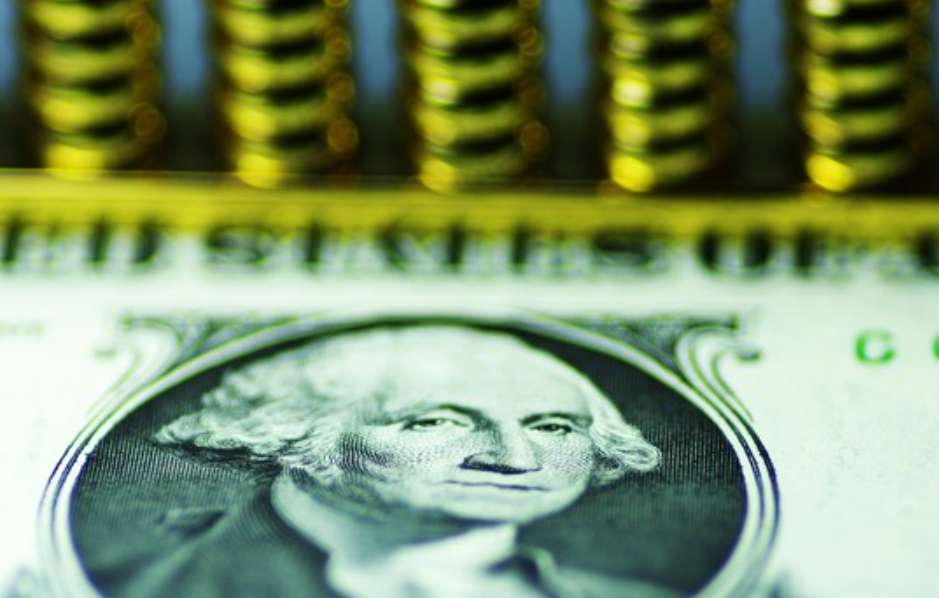Is a Tightening Storm Coming from the Fed?
Advertisements
In recent statements, the Federal Reserve has sent shockwaves across financial markets, raising urgent questions about the health of the U.S. economy and the potential onset of a downturn. Jerome Powell's previous hawkish tone still lingers in the air, prompting a deeper analysis of the scrutiny surrounding inflation and economic contraction. Robert Kaplan, President of the Federal Reserve Bank of Dallas, recently emphasized that the U.S. may need to hold its interest rates higher for a longer duration due to persistent inflationary pressures. This foreboding message signals that the anticipated interest rate hikes may not only continue but might escalate, further complicating an already uneasy global economic landscape.
The specter of inflation has haunted the U.S. economy, suggesting that recovery remains fraught with challenges. Kaplan's repeated warnings about rising inflation reflect a perilous situation where economic indicators, although exhibiting some signs of easing, have yet to reach the Fed's target rate of 2%. This unsettling reality serves as a reminder of the fragility that underpins economic stability. Compounding the issue, rising labor and production costs threaten to unleash a vicious cycle of price increases that could spiral out of control. The ramifications are clear; the consequences of unchecked inflation could lead to soaring prices and widespread hardship for consumers.
Adding to the alarming narrative, the Fed is currently engaged in a balance sheet reduction process that has rattled financial markets. Recent data revealed a staggering decrease of $326 billion in reserves within a single week—marking the largest drop of its kind in over two years. This scenario paints a dire picture reminiscent of drought conditions where an already parched land is deprived of even more vital resources. Market participants are increasingly concerned that aggressive monetary tightening could induce a liquidity crisis, reminiscent of the tumultuous days of 2019 when financial markets endured severe turbulence.

As uncertainty looms, the potential introduction of tariffs by the incoming administration could exacerbate economic woes. Federal Reserve Governor Christopher Waller hinted at the complexities associated with such tariffs, pointing to the significant inflationary risks they might pose. If implemented, these tariffs would undoubtedly inflate the prices of imported goods, further pressuring consumers while complicating the Fed's monetary strategy. This scenario resembles adding fuel to an already raging fire, with unpredictable and potentially disastrous outcomes.
The labor market, typically seen as a bedrock of economic strength, has also begun to show signs of cooling. While job recruitment remains stable, experts like Kaplan caution that the lack of layoffs accompanied by a slowdown in hiring behavior does not necessarily signal a thriving economy. Instead, the current dynamics suggest a weakening pressure on job growth—a potential harbinger of a downturn. Much like an athlete whose stamina is waning yet continues to push forward, the economy may be on the verge of faltering.
As monetary policy enters a new phase, the Federal Reserve's appetite for rate cuts appears to hinge on significantly lower inflation or a strengthening labor market. Lars Mouland, Chief Credit and Rates Strategist at Nordea, highlights that this new threshold for cuts indicates a more cautious approach from the Fed moving forward. This reaction is akin to a physician who, wary of reducing medication too soon, waits for a patient's condition to stabilize before easing treatment. It underscores the delicate balance the Fed must navigate amid prevailing uncertainty.
In the larger economic arena, present market expectations are closely aligned with the Federal Reserve's projected pathway for interest rates. The current pricing indicates that rates may likely trend beyond this perceived equilibrium, with long-term rates hovering around 4%. This scenario displays not only market confidence in the Fed’s persistent tightening approach but also reveals underlying anxiety regarding future economic trajectories. The current market landscape resembles a high-stakes game of poker, where traders place their bets on Federal Reserve decisions amid a backdrop marked by uncertainty.
As the Federal Reserve grapples with its dual challenges of sustained inflationary threat and a slowing economic trajectory, policymakers are poised at a critical juncture. The need for a delicate equilibrium between enforcing monetary discipline and averting recession becomes paramount. The stakes have never been higher, as even a minor miscalculation could plunge the economy into a downturn. It is a nerve-wracking situation that feels akin to walking a tightrope, where a single misstep may lead to catastrophe.
In conclusion, the decisions made by the Federal Reserve will resonate throughout the global economy, necessitating vigilant monitoring of their evolving policies and potential ramifications. The question remains: what challenges will the global economy face in the near future, and how will stakeholders respond? The unfolding narrative of tightening economic conditions and inflationary pressures sets the stage for a potentially tumultuous era, leaving markets and consumers alike in a state of anxious anticipation. The ultimate trajectory of this tightening saga is still unwritten, and only time will reveal how it unfolds.